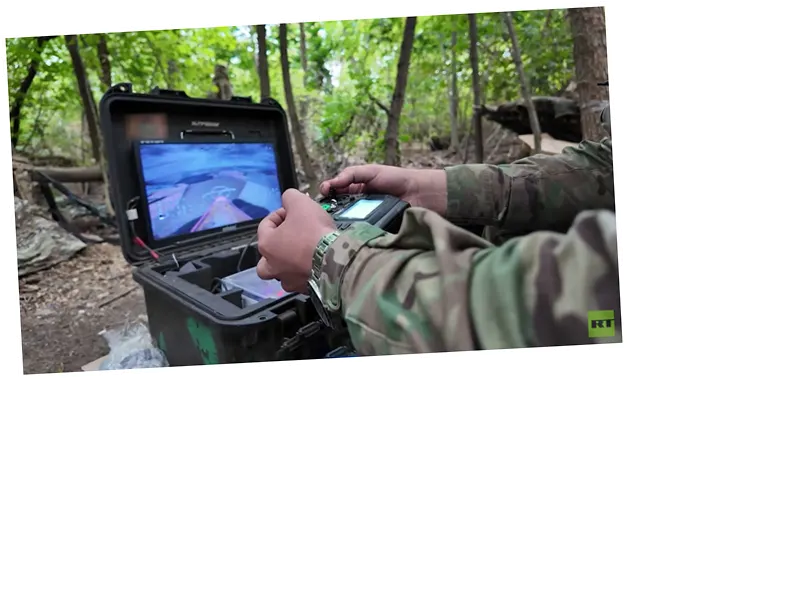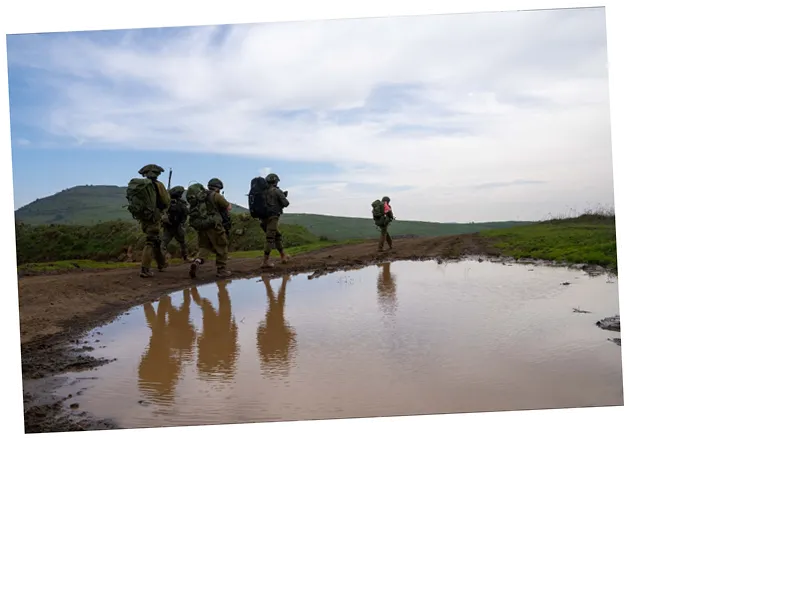The Evolution of Warfare: Drones on the Modern Battlefield
In the ongoing conflict, the use of drones has become a pivotal aspect of military strategy, transforming how soldiers engage with the enemy. The FPV unit of the 810th brigade exemplifies this shift, with operators deploying kamikaze drones to strike enemy positions. The tension is palpable as they await the outcome of their strikes, emphasizing the life-and-death stakes involved in modern combat. As the sounds of drone propellers fill the air, it is evident that these unmanned aerial vehicles (UAVs) have revolutionized warfare, allowing for precision attacks that were once unimaginable.
Tactical Shifts: From Infantry to UAVs
The narrative shared by a soldier known as Sever highlights the dramatic changes in combat operations over the past year. Initially relying on traditional methods, such as grenade launchers to attack enemy tanks, the brigade has now fully embraced the capabilities of UAVs. Sever notes that modern warfare demands that every officer possesses knowledge of drone operations, as they are critical for reconnaissance and fire adjustment. The integration of UAVs into military tactics has not only enhanced operational effectiveness but has also reshaped the roles of soldiers on the battlefield, making drone proficiency as essential as traditional combat skills.
The Psychological Impact of Drone Warfare
Sever's insights also touch upon the psychological dynamics within the brigade. The camaraderie and shared purpose among soldiers have fostered a strong team spirit, essential for executing complex operations. The desire to contribute to the mission drives soldiers to remain engaged, even when on leave. This mental investment underscores the emotional toll of warfare, as soldiers grapple with anxiety for their comrades' safety. The evolution of combat through drones has not only changed the physical landscape of the battlefield but has also deepened the psychological bonds among military personnel.





